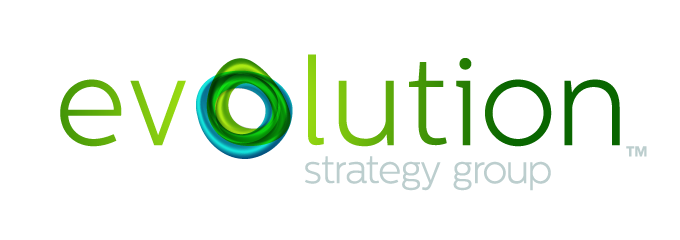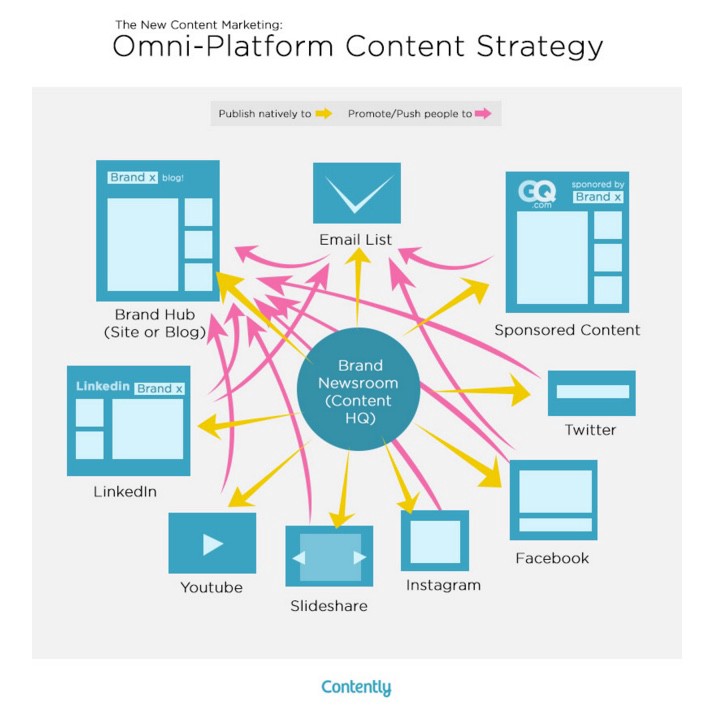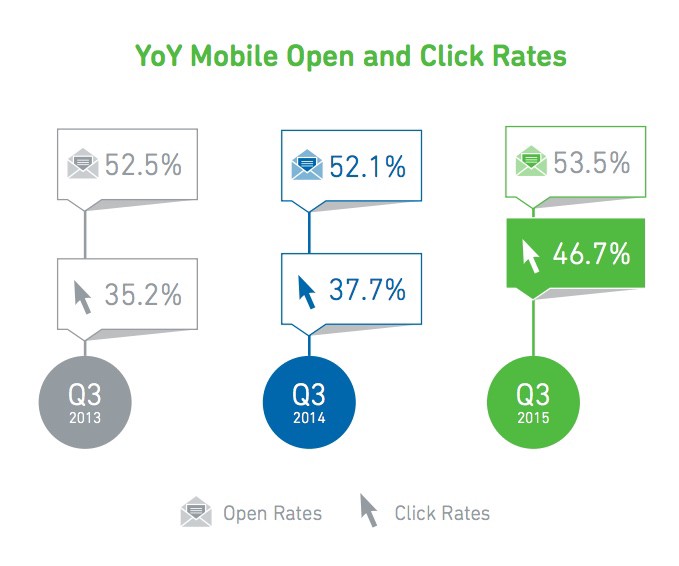The past decade has held hard lessons for health industry players who are trying to get up to speed in a fast-paced, ever-changing digital environment while simultaneously fighting for data ownership. The result — according to the PwC Health Research Institute’s newly released Top Health Industry Issues of 2016 report— has been a lack of information sharing, partnerships and optimal interoperability. And few businesses have been willing to venture to take the steps needed to meet their customers’ expectations beyond dipping a toe or two, only to cower and wait for the waters to recede to a safe(r) distance.
I’ve heard echoes from the court of marketing opinion that all is needed is a cultural shift; nowhere does the adapt or die mantra hold truer than in healthcare. However, cultural shifts in Fortune 500 companies — the epitome of traditional, physical industries — don’t happen overnight; why do you think that the majority of the healthcare industry is by and large still mired in the space between the 20th and 21st Century? And, while I don’t entirely disagree that internal changes must occur, a lifelong career in the health space has taught me that Rome wasn’t built in a day and that there are workarounds that can meet the needs of the both the business and their customer base in the shorter term, allowing for the ‘retrofitting’ of the demands of the digital/tech economy into existing processes. An obvious place to start is with content, more specifically, the strategy underlying its dissemination.
Let’s take a look at top content trends predictions by Contently’s State of Content Marketing 2016 and explore how health and wellness players that currently find themselves mired within the digital divide might address them:
- 2016: the start of omni-channel publishing. This is a key ingredient in every content strategist’s secret sauce, regardless of industry, and the strategy may help to address the challenge of breaking through the density of information currently permeating the web. Omni-channel publishing delivers information
where your audience resides, e.g. LinkedIn, Facebook, Medium, Pinterest, Instagram, etc. The result? Your content transcends departments and most of all, transcends ownership by one department. Talk about a cultural shift!
The McKinsey Global Institute, in its Digital America: A Tale of Haves and Have-Mores report echoes advice that Evolution Strategy Group preaches to its clients all the time: open processes that involve teamwork across the organization/supply chain result in innovation and creativity that would not otherwise be realized. A relatively easy fix is the internal audit whereby every single person in an organization that touches content in any way has an opportunity to provide feedback on their individual/departmental needs. Not only does this promote involvement in content creation at some level and plant the seeds of a cultural shift, but it allows for different mandates to be addressed and delivered to different platforms where customers or audiences reside. At the helm is a strategist who can help companies break through their internal density and discover ways to co-create information that makes sense for the whole and not just their individual parts. And, this consensus may actually help address regulatory needs and restrictions in a more efficient manner.
- Increased focus on content distribution. Honestly, this gets a ‘wait! I thought that we already were’ from me until I return to reality of healthcare. However, the larger industry players will be happy to hear that in addition to the paid content model vis a vis social media platforms (something that admittedly, I am not huge fan of despite its utility), email “continues to be the most underrated channel (NB: the healthcare industry has been excelling at email for years). YesMedia data demonstrate that the gap between mobile and desktop click to opens (CTO) is rapidly closing; check out these recent statistics:
From a strategy perspective, these data are a welcome relief and provide an opportunity to start utilizing data from existing email campaigns to map customer journeys and more effectively execute content gap analyses. Not only are slight tweaks to how data are analyzed cost-efficient, but more importantly, they can help that drive the how/what/when and why of the content strategy.
- Data Fuels Enterprise Content. Contently is now focused on rapidity, meaning that the more rapidly that content is evaluated and adjusted, the quicker that it can be optimized for the customer/audience/end user. This helps to insure that the distribution of information becomes both more effective and cost-effective, allowing key marketing teams to “double down” on what works. From a health perspective, organizations need to redefine how and why they are engaging, and harness relevant data to fine tune that engagement. The larger players in the industry have already been collecting reams of data on their customers’ prescribing and purchasing habits however these reams are rarely integrated. We often advise our clients to combine customer relationship management and customer management systems into a single entity, thereby providing invaluable insights to fine tune any content strategy along the lifecycle of a project. Taken as a whole and if harnessed efficiently the integration of data from these two systems can help to shorten milestones and refinement. It is a tall order but one that is likely to yield big returns.
2016 predictions across the industry are focused on value-based care. Yet, as this care model makes a move toward becoming more digitally-, technologically- and community-centric, major players in the the health/wellness industry continue to lag behind. In between multiple stakeholders grappling for a larger financial stake that makes change profitable and regulatory bodies waiting and watching for a misstep that could set back a project by months if not years lie the customers. Content is king and when delivered strategically, it can fill in the gaps nicely while the industry finally dives in, full on.



